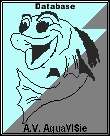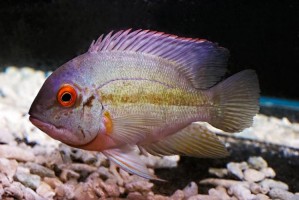 |
Hoplarchus psittacus |
 |
||||||||||||||||||||||
|
|
|
|
||||||||||||||||||||||
| Explanation of the symbols | ||||||||||||||||||||||||
|
|
|
|||||||||||||||||||||||
|
||||||||||||||||||||||||
|
If the aquarium is too small this fish is very aggressive
and intolerant. The aquarium should be set up with a
lot of driftwood, roots and stones that create hiding
places. On the sides and background you can use some
hard, well anchored plants. You can keep this fish
together with other large cichlids and catfish. You should give them live food. Dry food is accepted as well. Breeding is not difficult. Several hundreds of eggs are laid and fertilized on a substrate. After hatching the parents bring their larvae to a breeding pit. Both parents take care of the fry very intensive. |
||||||||||||||||||||||||
|
|
||||||||||||||||||||||||
|
Cichlids forever |
||||||||||||||||||||||||
 |
||||||||||||||||||||||||
|
Copyright ©AV AquaVISie. All rights reserved. |
||||||||||||||||||||||||
